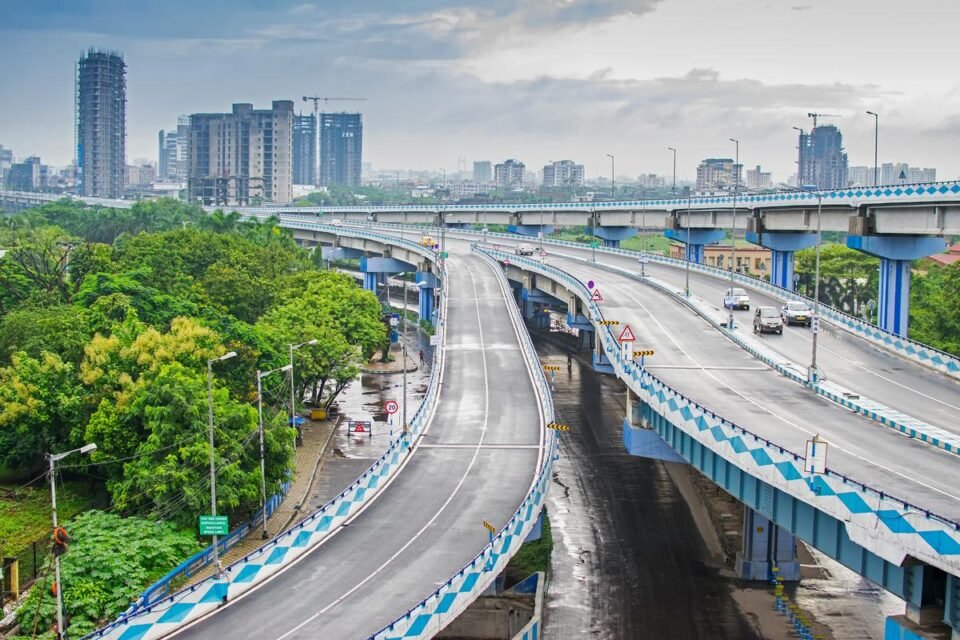The story so far: In her Budget proposals for 2024-25, Finance Minister Nirmala Sitharaman has set aside ₹11 lakh crore for capital expenditure, comprising 3.4% of the GDP. With the aim to push States to spend on infrastructure, she said ₹1.5 lakh crore was being made available to them in the form of long-term interest free loans.

Which are the sectors on the radar?
According to an analysis by The Hindu’s data team, the government has sustained its expenditure as a share of the total Budget on infrastructure which was at 13.9% (as compared to 14.3% in FY2024 RE). The transport sector formed the bulk of the expenditure in FY25BE (Budget estimates) at 11.29%. However, transport’s share in the total Budget has come down by 0.4% points from last year. Allocations to the power sector has improved marginally from last year. The Ministry of Roads, Transport and Highways received an allocation of ₹2.78 lakh crore for 2024-25. In FY25BE, the outlay for the Railways continues to be over the 5% mark. It received a record allocation of over ₹2.55 lakh crore. Allocations for signalling and telecom work, under which the KAVACH (automatic train protection system) is included, has increased compared with FY24RE (revised estimates). The allocation for the Ministry of Civil Aviation at ₹2,357 crore saw a decline of 20% from last year. With an allocation of ₹2,377 crore, the outlay for shipping has stagnated. The regional connectivity scheme will receive ₹502 crore.
What is the progress on roads?
According to the Economic Survey 2024, national highways have grown by 1.6 times from 2014 to 2024. The Bharatmala Pariyojana has significantly expanded the national highway network, increasing the length of high-speed corridors by 12 times and 4-lane roads by 2.6 times between 2014 and 2024. The government is developing 11 industrial corridor projects in a phased manner. In order to attract private investment, the Ministry of Road Transport and Highways has made a slew of changes to the model concession agreement for Build-Operate-Transfer, including construction support, to ensure timely completion of the projects. But industry says the profitability of the new agreements need to be tested. With many projects nearing completion, the focus also needs to shift from asset creation to asset management as well as maintenance and safety, say experts. The industry seeks standard operating procedures for construction of bridges and tunnels to avoid safety incidents such as the Silkyara tunnel collapse in Uttarakhand in 2023.
What are the challenges in Railways?
The capital expenditure for Indian Railways with a network of over 68,584 route km has increased by 77% over the past five years (₹2.62 lakh crore in FY24) with investments in the construction of new lines, gauge conversion, and doubling. Yet, many challenges remain. According to Afaq Hussain, Director, Bureau of Research on Industry and Economic Fundamentals (BRIEF), the skewed freight movement share in favour of roads has to be amended. Long-haul freight transportation through roads is approximately 25-30% costlier than railways for distances less than 500 km, he pointed out. Other issues such as uncertainty in rake supply, delay in providing adequate infrastructure and sharing of lines by passenger and freight trains also need to be dealt with. Smooth entry and exit of freight vehicles is necessary for efficient loading and unloading operations.
What about shipping and airports?
Under the Sagarmala national programme launched in 2015, a total of 839 projects worth ₹5.8 lakh crore have been undertaken across five key areas including fresh development. Till date, 262 projects worth ₹1.4 lakh crore have been completed. Mr. Hussain explains that though there are more than 230 maritime ports, two ports at JNPT and Mundra handle nearly 40% of export, import cargo. Therefore, there is a need to develop a plan for the remaining ports. As for airports, under the second phase of privatisation in 2019, six AAI airports were privatised. There is a plan to privatise 25 more airports.
Union Budget 2024-25 | Key Highlights
What about attracting private investments?
According to CRISIL’s Infrastructure Yearbook 2023, between FY2019 and 2023, the Centre contributed 49% of the total investments on infrastructure and State governments 29%, leaving the balance to be covered by the private sector. Jaganarayan Padmanabhan, Senior Director at CRISIL, explains that the private sector has been shying away because of the market risks experienced due to delays in completion of projects which impacts returns.
There is also a need to identify a lot more assets to monetise built infrastructure. In order to bring policy and regulatory challenges that Ms. Sitharaman mentioned in the speech, the government must also implement the Kelkar Committee report of 2015, says Mr. Padmanabhan.
month
Please support quality journalism.
Please support quality journalism.

